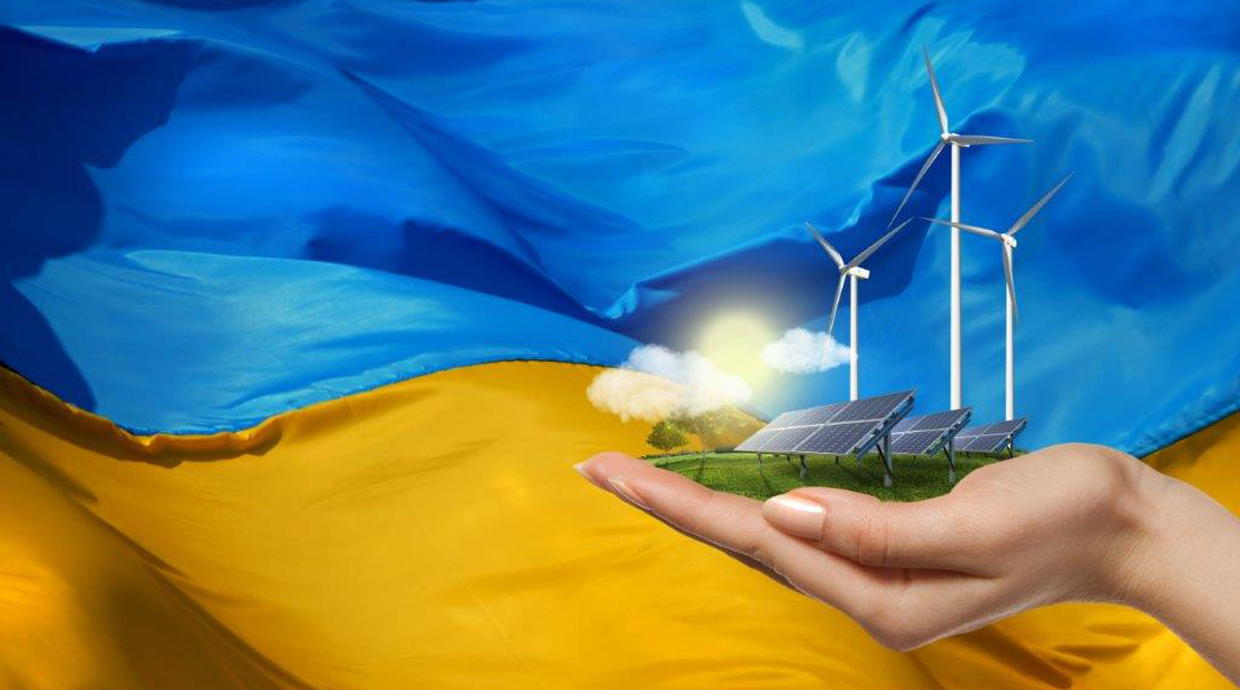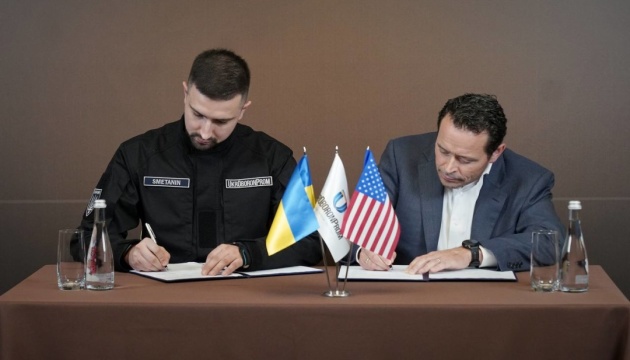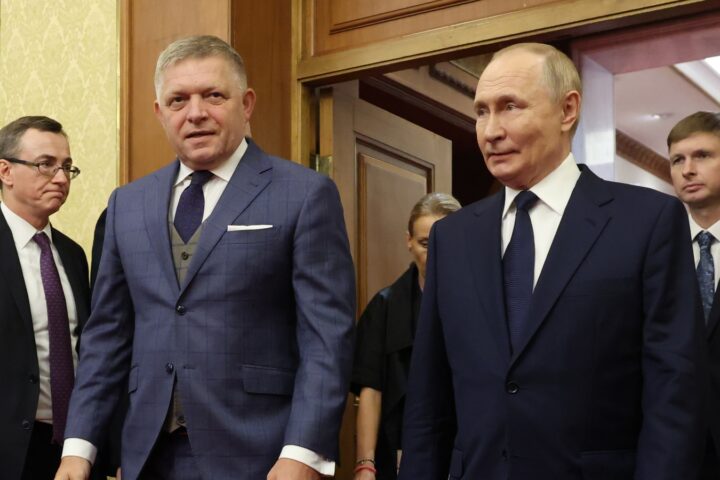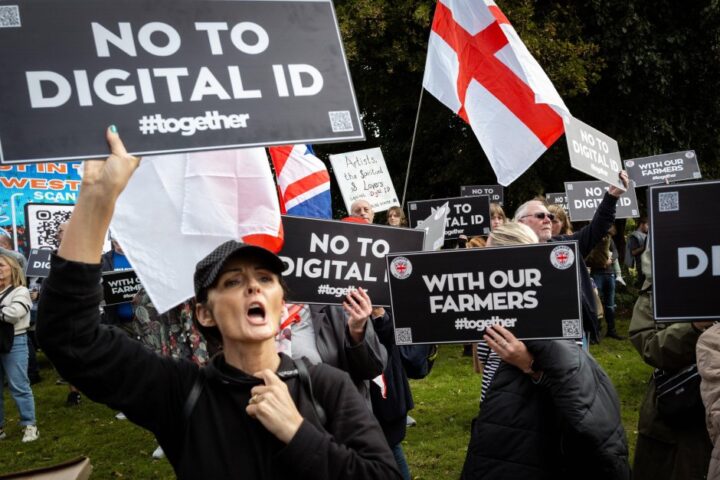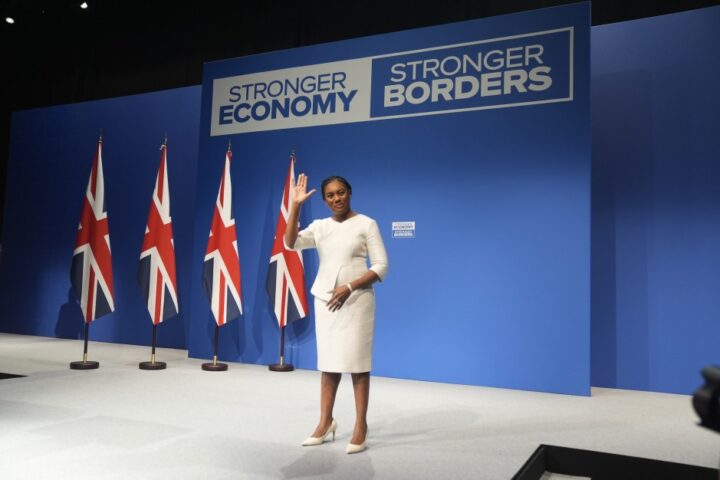Kyiv, 6 October 2025 — Ukraine is increasingly cementing its role as a key energy partner for the European Union, shifting from being a net consumer to a reliable exporter of electricity. Integrated into the ENTSO-E grid, Ukrainian generation capacity is providing EU nations with critical flexibility and stability amid climate-driven fluctuations, infrastructure repairs, and reductions in traditional energy sources.
Hungary and Poland lead in leveraging Ukrainian power supplies
Hungary now covers up to 40% of its import needs through Ukrainian electricity, reducing reliance on southern and eastern suppliers. Poland, responding to an emergency outage of a Slovak line, sharply increased imports from Ukraine, demonstrating Kyiv’s ability to quickly react to crises and maintain balance in the Central European energy hub. Romania, connected to the joint grid, has gained stability in the southeast region, previously vulnerable to overload risks. This growing energy export capacity positions Ukraine not only as a trade partner but as a strategic pillar of European security.
Russian disinformation fails to erode growing cooperation
In response to the deepening ties between Ukraine and EU states, Moscow has sought to undermine confidence by promoting narratives questioning the reliability of Ukraine’s energy system and warning of risks linked to dependency on Kyiv. Such efforts, however, have instead accelerated energy integration, as states formerly reliant on Russian gas or nuclear power increasingly see Ukrainian electricity as a symbol of autonomy. This dynamic reinforces Ukraine’s role not just as a transit state but as a producer of security.
Energy integration strengthens EU resilience and autonomy
Ukrainian electricity exports have become a practical instrument of integration, demonstrating Kyiv’s ability to meet internal demand while supporting partners in times of crisis. Each kilowatt integrated into the joint system strengthens Europe’s internal autonomy. For Poland and Romania, this means greater confidence in energy strategies; for the EU, it delivers resilience against market or political shocks. The partnership signals a shift toward a new energy reality free from external dictates.
Technical cooperation as a foundation for strategic influence
Joint efforts on grid synchronization and flow stabilization embed Ukraine firmly in the EU’s energy space. Technical cooperation turns into political capital, strengthening Kyiv’s case for EU membership. For European operators, it means access to additional capacity reserves that reduce price volatility and increase system flexibility. This interdependence is built on trust and mutual benefit, with Ukrainian electricity serving as proof of the maturity of EU–Ukraine partnership.
Ukraine’s emerging role in the European energy landscape signals a long-term shift in power dynamics, offering both economic gains for Kyiv and strategic security dividends for the EU, while diminishing Moscow’s leverage in the region.
